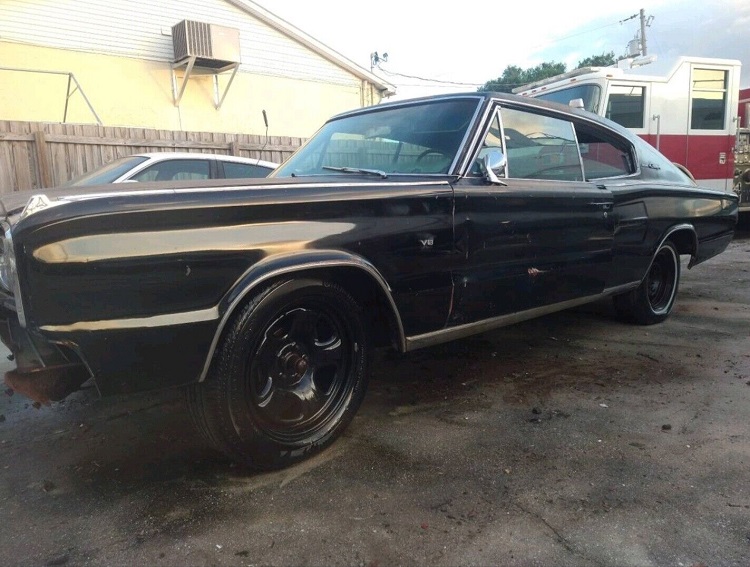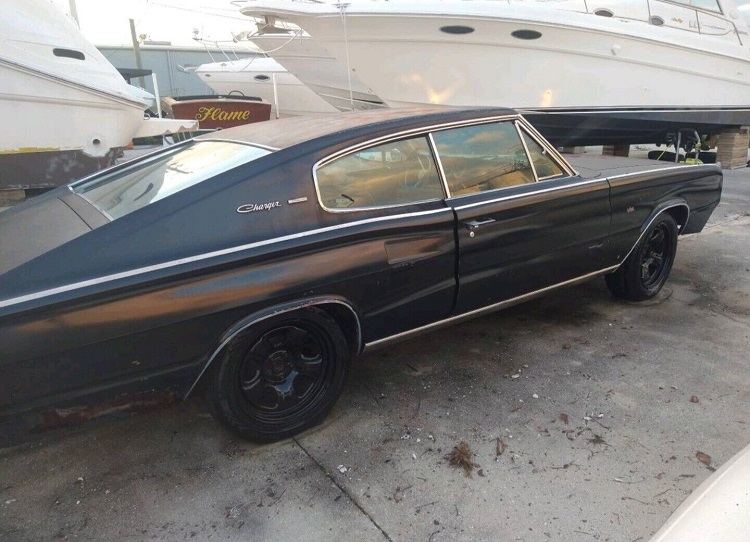The first-generation Dodge Charger didn’t necessarily make an impact in the automotive industry, with customers waiting until the end of the decade to get more meaningful changes and performance upgrades that turned the car into a superstar.

It doesn’t mean the Charger wasn’t an appealing model. The car was available exclusively with V8 engines, including monstrous choices like the 426 Hemi. Not many Chargers used this powerplant, as only 468 examples of the total 37,344 units produced for this model year came with a Hemi under the hood.
The 1967 model year came with additional engine refinements, and the most notable was the debut of the 440 Magnum. Dodge also replaced the 361 (5.9-liter) with a 383 (6.3-liter). The yearly production numbers collapsed to 15,700 units, with 118 Chargers now fitted with a Hemi.
One of the 1967 Chargers equipped with the new 383 is here after 35 years in hiding. The owner says their car spent close to four decades in storage, but it remains a complete project despite its long tenure away from humanity.
The bumpers and the taillight panel are currently inside the car, so if you don’t see something in the photos in the gallery, it might be in the cabin.
Seller emcoastf explains they purchased the barn-found Charger specifically to restore it. Still, after making minor fixes, such as replacing the starter solenoid, they now want to find a new owner to continue the overhaul.

Unfortunately, the listing lacks two very important tidbits.
First, the car has a 383 big-block unit under the hood, but we know nothing about it. Chances are it’s still the original unit, but you’ll have to go check it out in person to determine if it’s still starting. The owner says they didn’t try to see if it works, possibly as they want to retain the barn-find condition.
Second, we don’t know if the car is still original. I believe this concept was lost along the way, especially because the Charger rolled off the assembly lines in a light blue color. Someone changed its color once, but no additional information is available.
The Charger looks like a solid restoration candidate, and finding a new home won’t take long. The listing fails to answer some very important questions, but if you’re looking for answers, the best option is to book a tick to Alva, Florida, and see the car in person. You should also inspect the undersides for rust.
